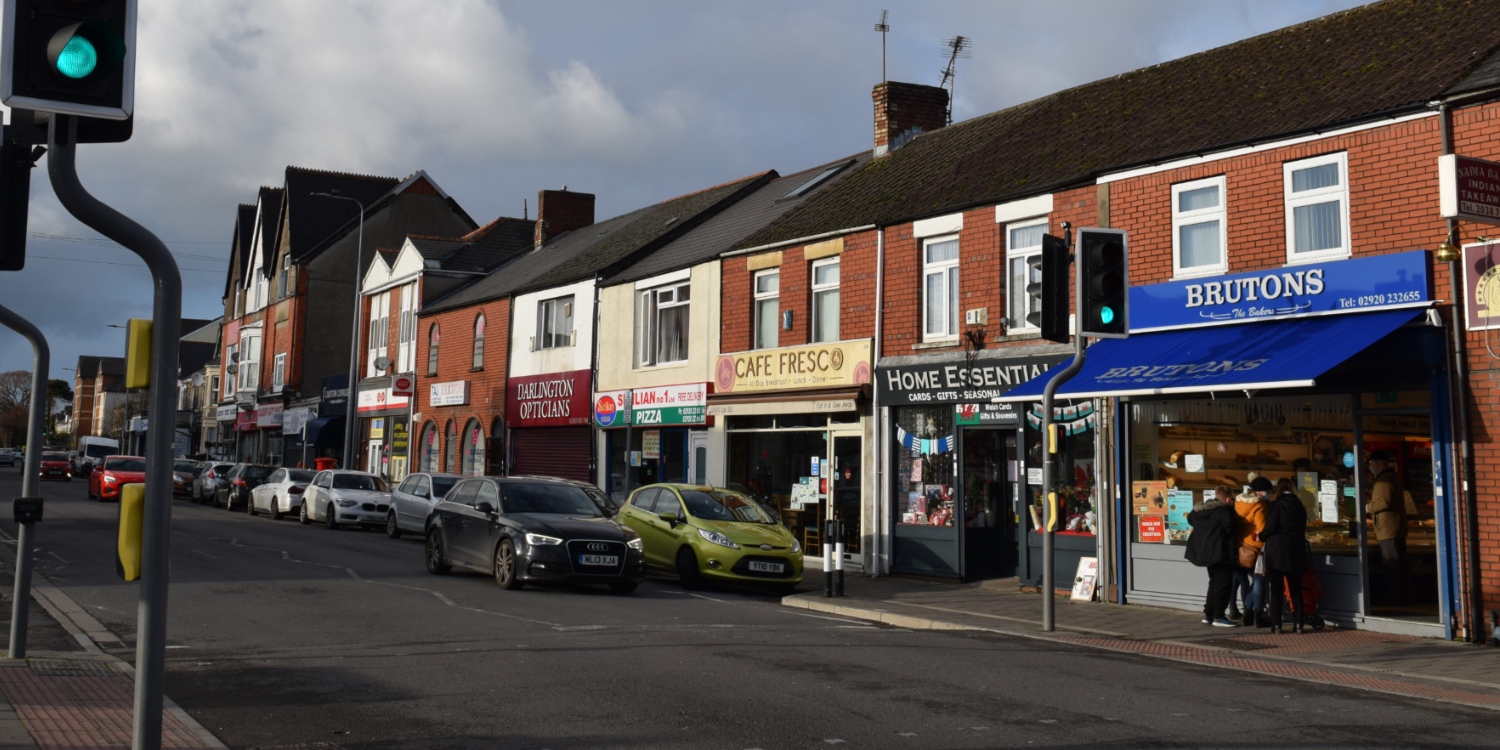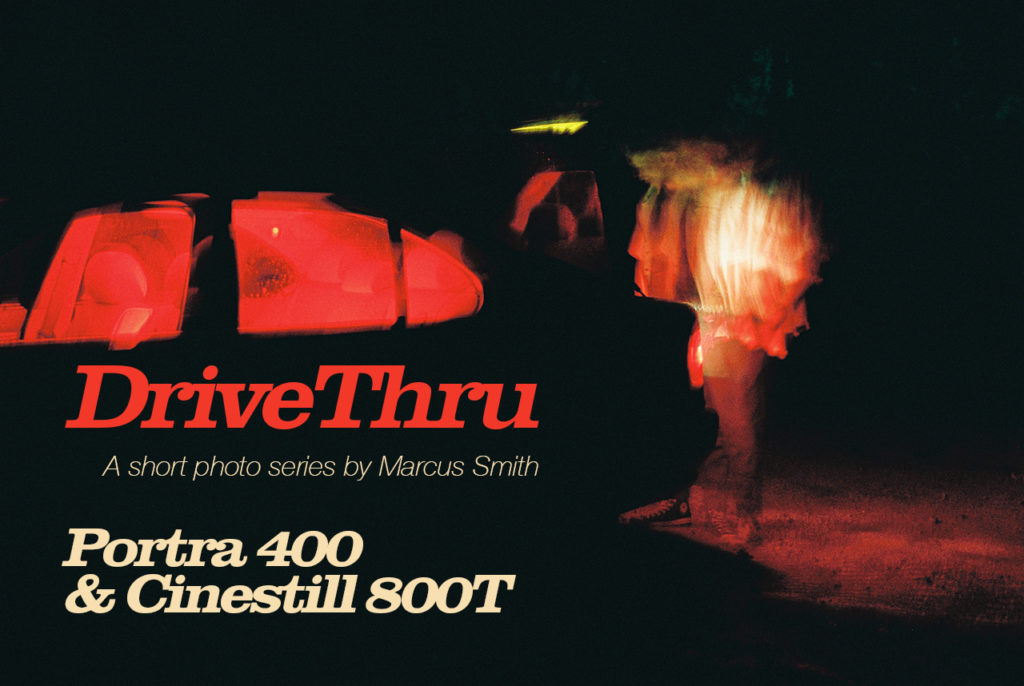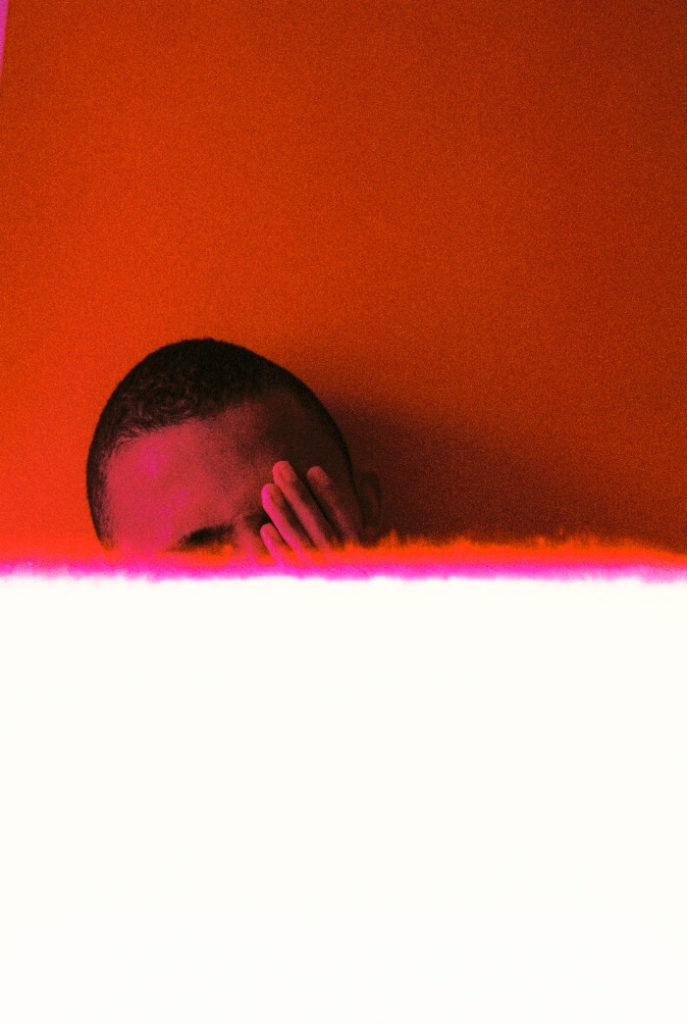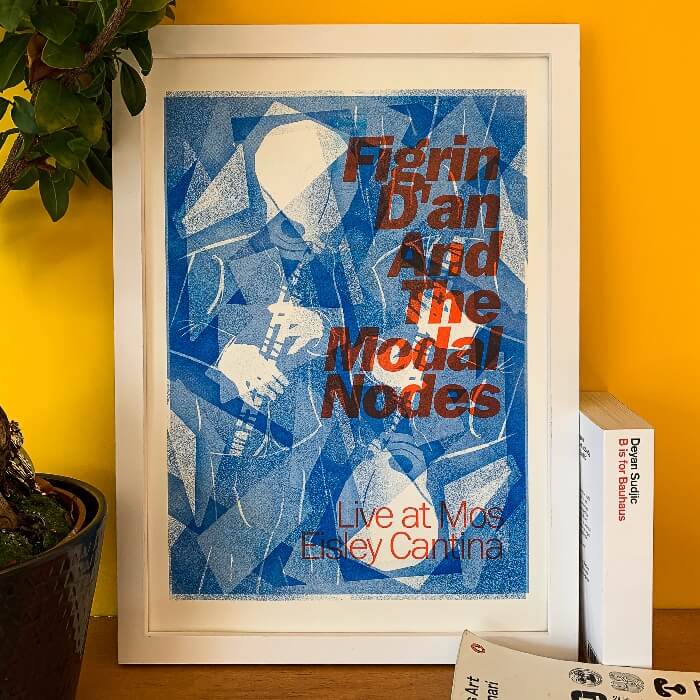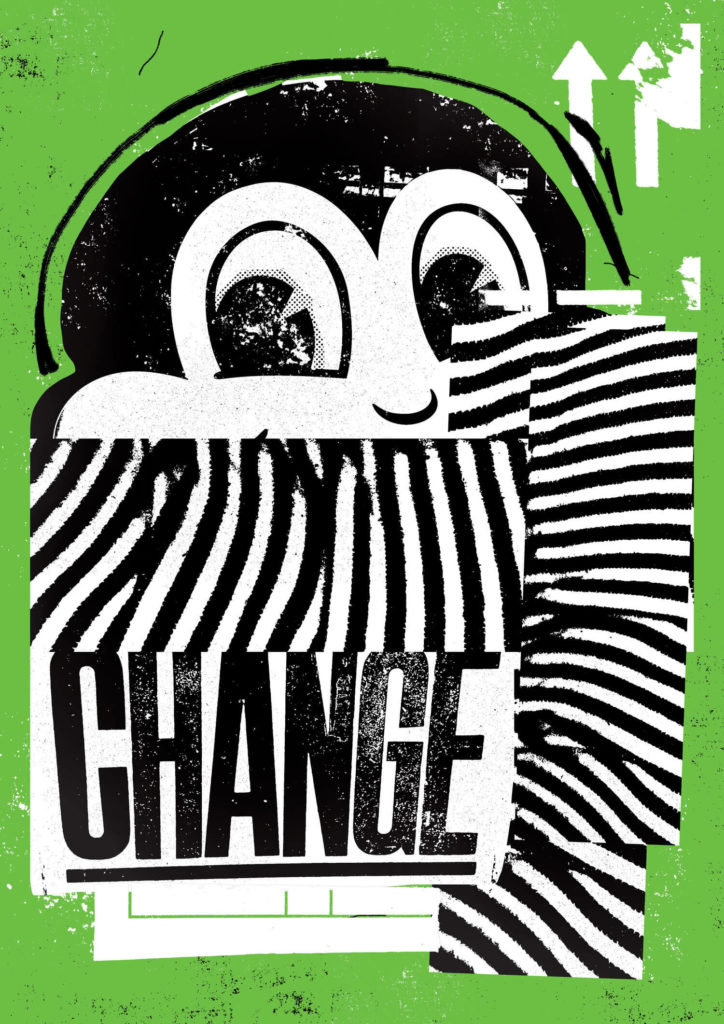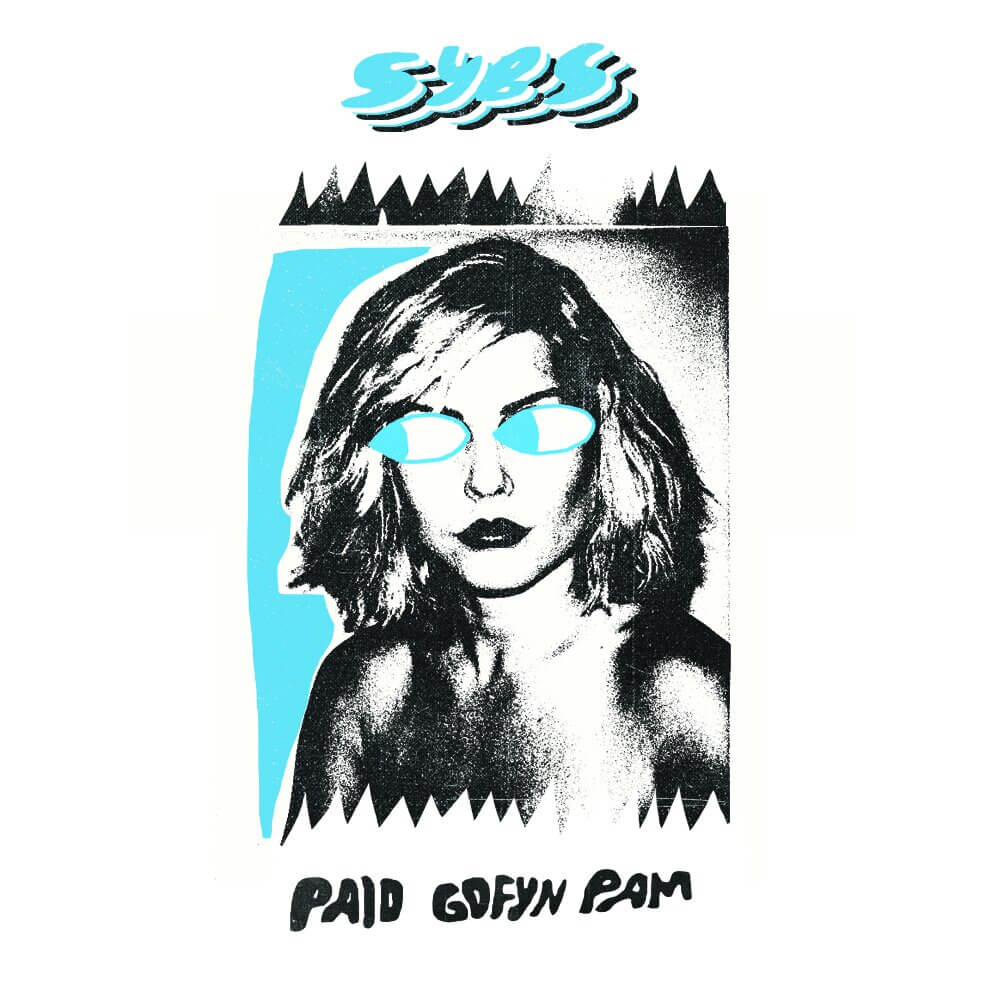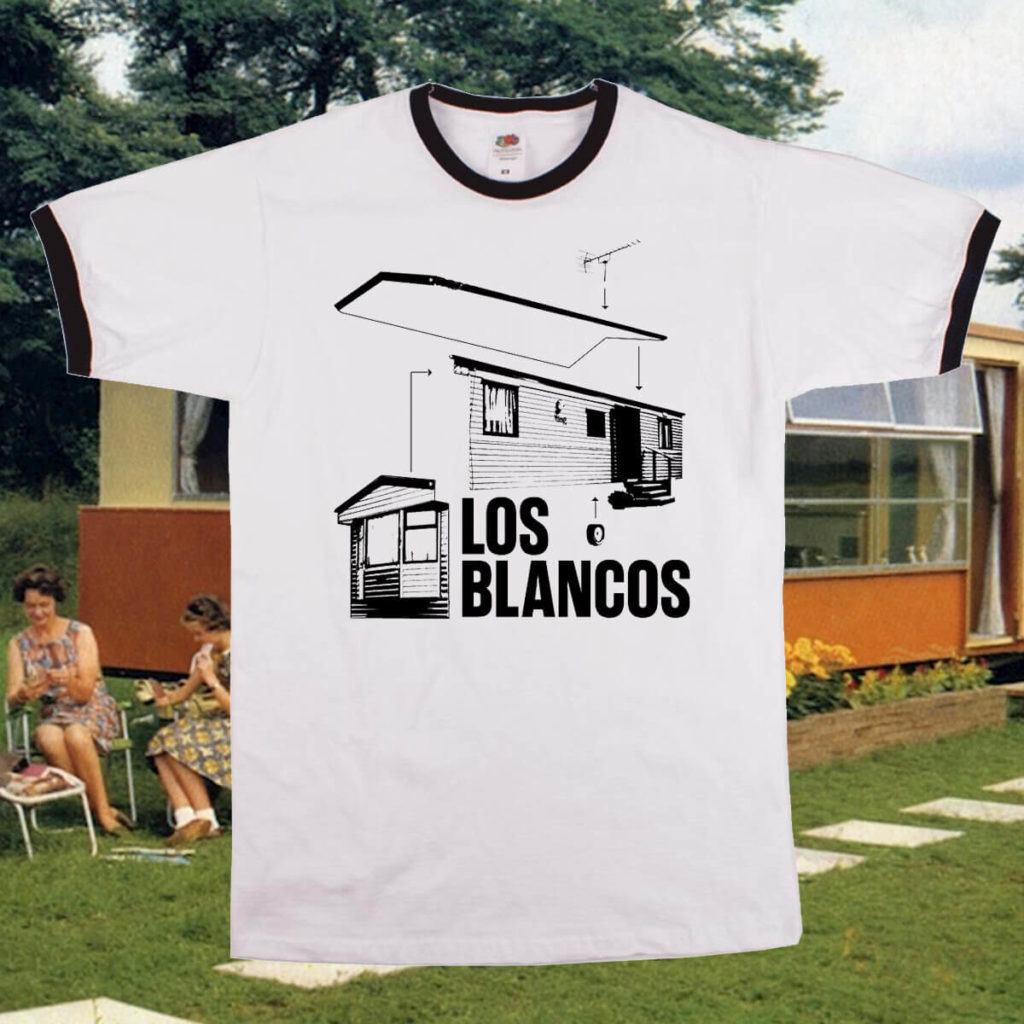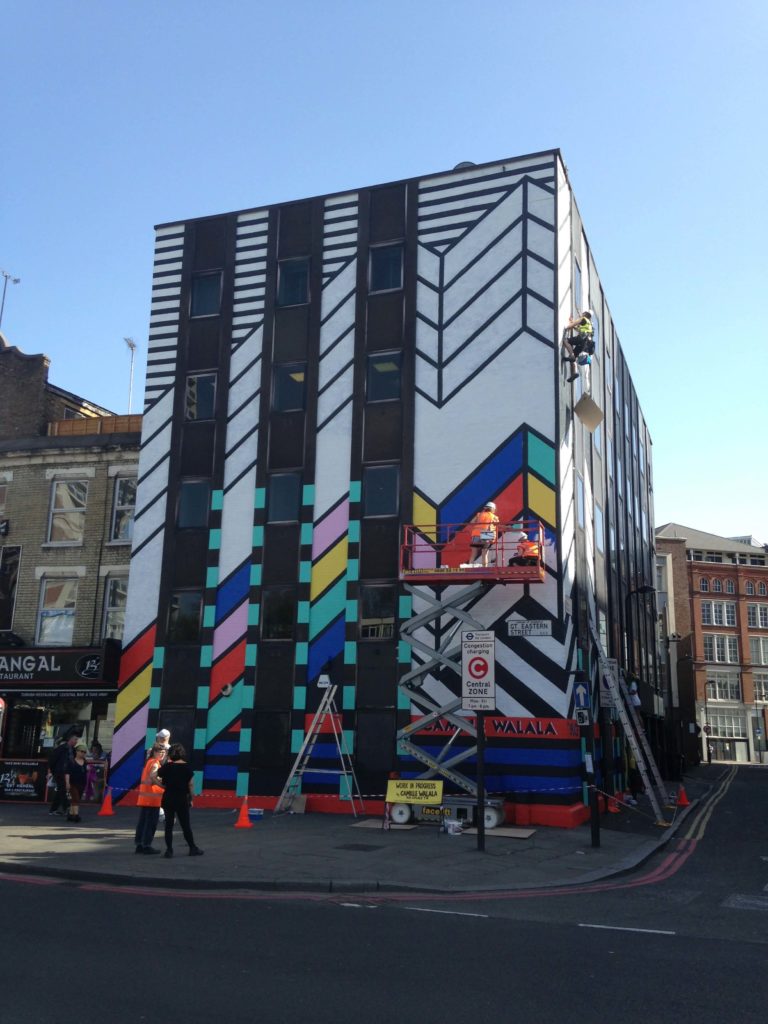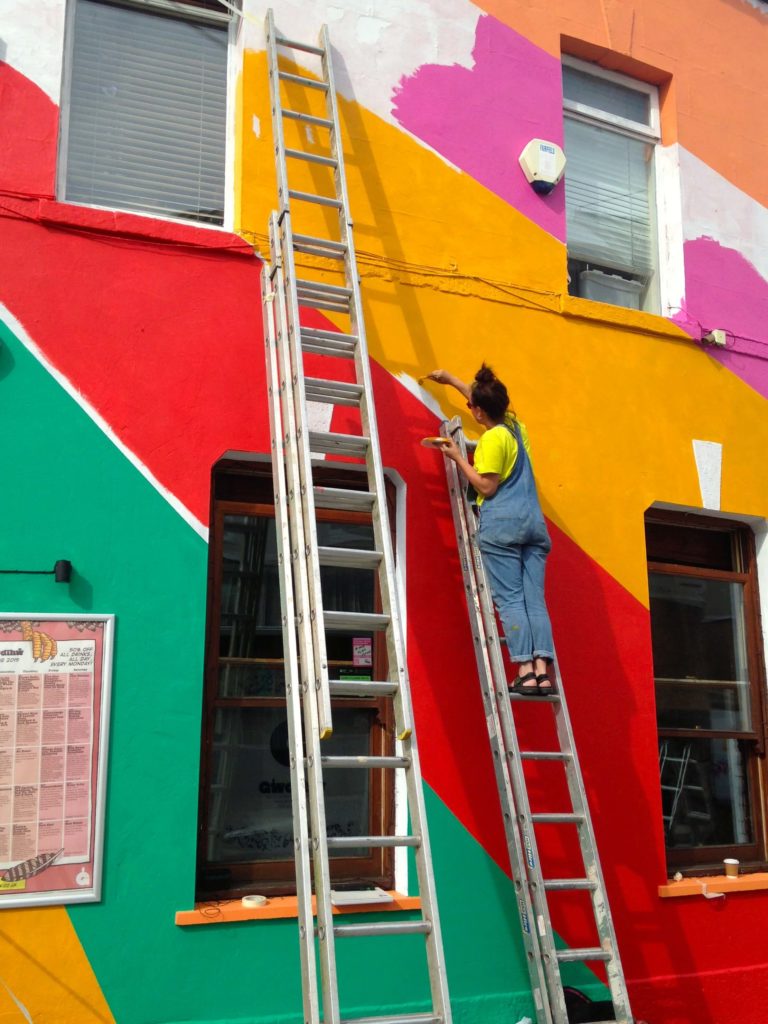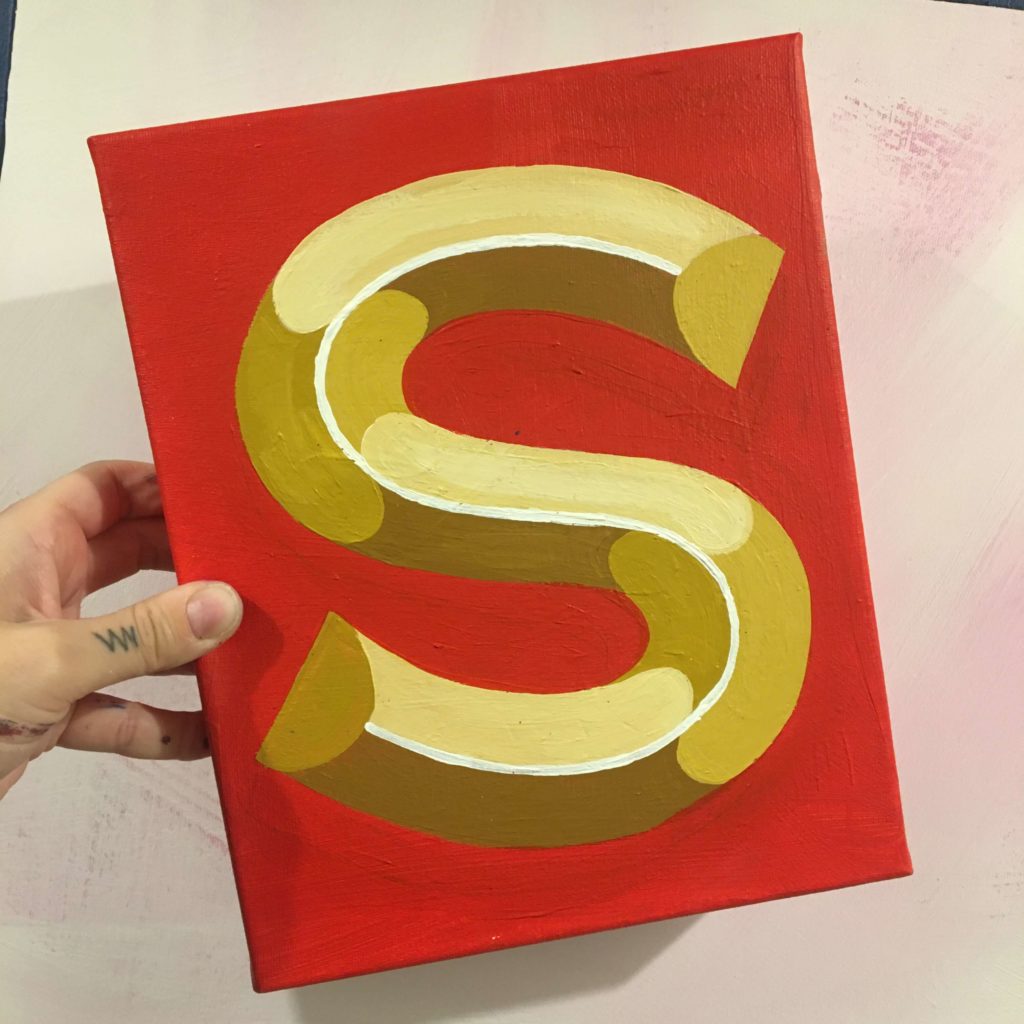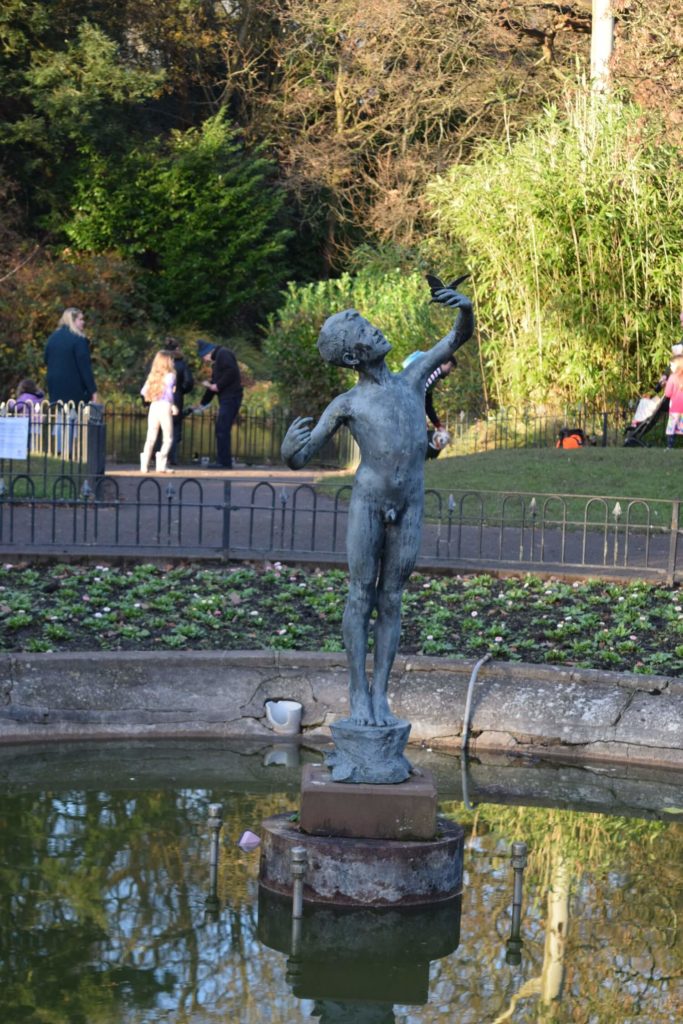
“From within the park gates comes the sound of water tinkling into a pool, dripping from the upraised fingers of a little naked boy in bronze.”
Howard Spring on Thompson Park (ca 1900)
The artwork the author refers to above is called ‘Joyance’ and was originally installed in the park in 1899 by Welsh sculpturer Sir William Goscombe John. It is to this day the first thing you see when you enter Thompson’s Park. And it’s beautiful.
“Cardiff has some really, really interesting artworks in the public realm,” Hannah Firth, Director of Programme at Chapter Arts Centre tells me during our recent Zoom chat.
She’s in her office and I can see a large bookshelf behind her, filled to the brim with colourful volumes. She pauses and her countenance shifts. “But I don’t think that the city looks after those well or celebrates them as a point of difference from other places,” she says with a sigh.
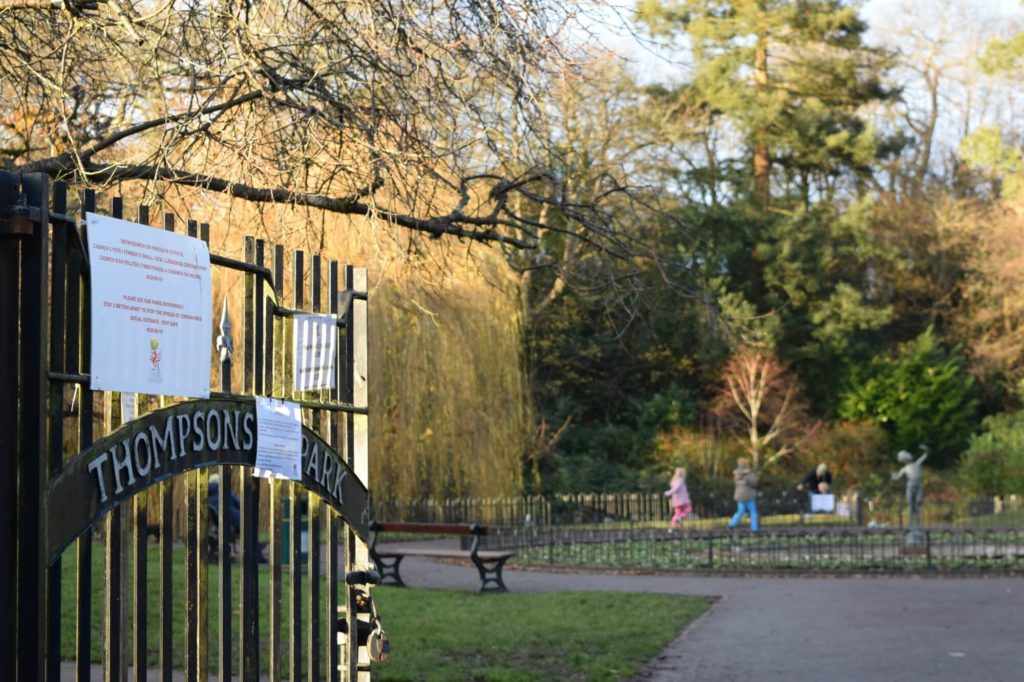
For the sculpture ‘Joyance’ this sadly also applies. The bronze boy Howard Spring describes is not the one in the photographs. The original sculpture, which you can marvel at on these black-and-white postcards dating back to 1904, was stolen on numerous occasions during the years and after the last theft in 2010, it was replaced by a plastic replica in 2011.
“Part of that is that no one really knows whose responsibility that is. Within Cardiff council there isn’t a department that looks after the art in the public realm as there is in other cities, take for example Birmingham or Bristol.”
Hannah Firth
As Cardiff continues to expand and grow, Hannah emphasises the importance of creating a balance between commercial and cultural capital. As tourism adapts and people may be less eager to travel, this will take on new significance.
Yet, in 2021, with a new commission by Cardiff Council to create the city’s first road crossing art installation, the balances might start to shift in the art sector’s favour.
A 10-min walk from Thompson’s Park is Cowbridge Road. One section of this road has drawn the attention of ward councillor, Stephen Cunnah, for an environmental regeneration project.
“I thought it was just in need of a little bit of a refresh,” he told me.
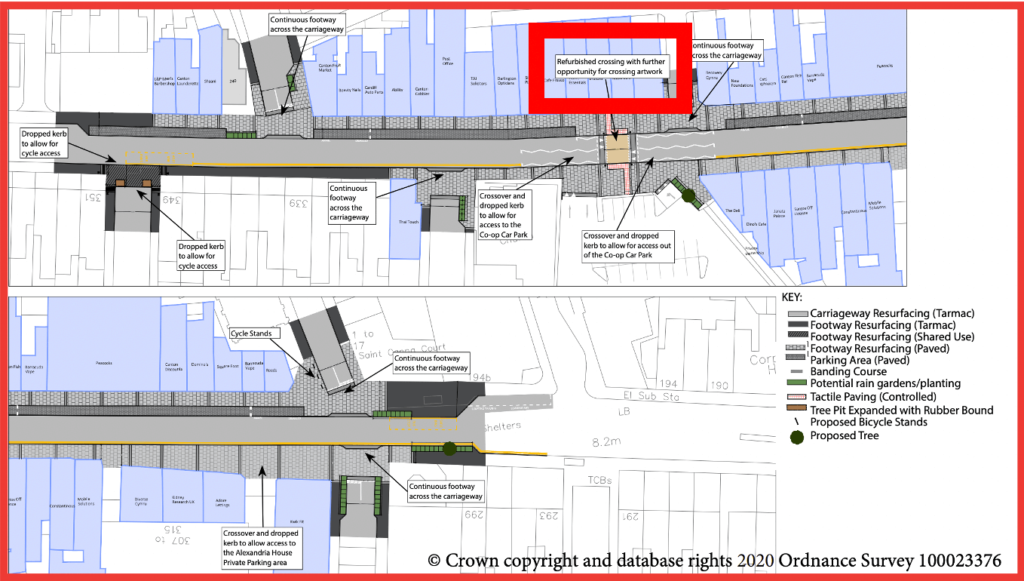
This street not only draws in people from across Cardiff because of its great shops as well as banking and post-office facilities. Stephen’s original proposal encompassed a “list of things that I thought could use some sprucing up” including new continuous footways, space for cyclists and more greenery.
He also wanted to bring in local civic pride by transforming a bland grey pedestrian footpath into an eye-catching ‘statement crossing’. Similar projects have been created in London and Leeds by muralist Camille Walala in 2016 and Morag Myerscough in 2018 respectively.
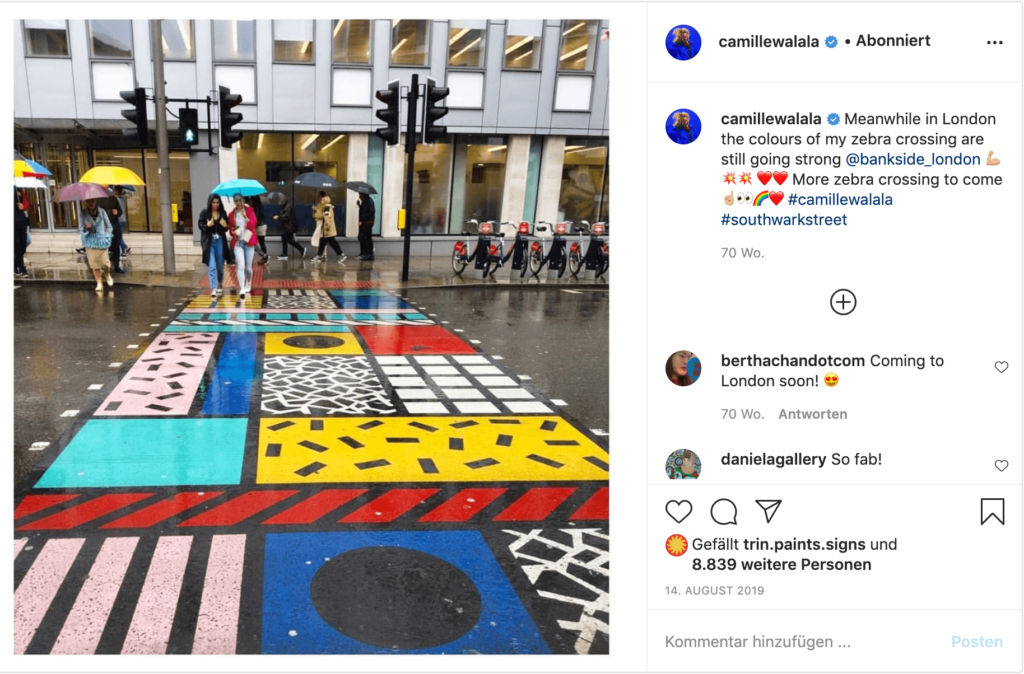
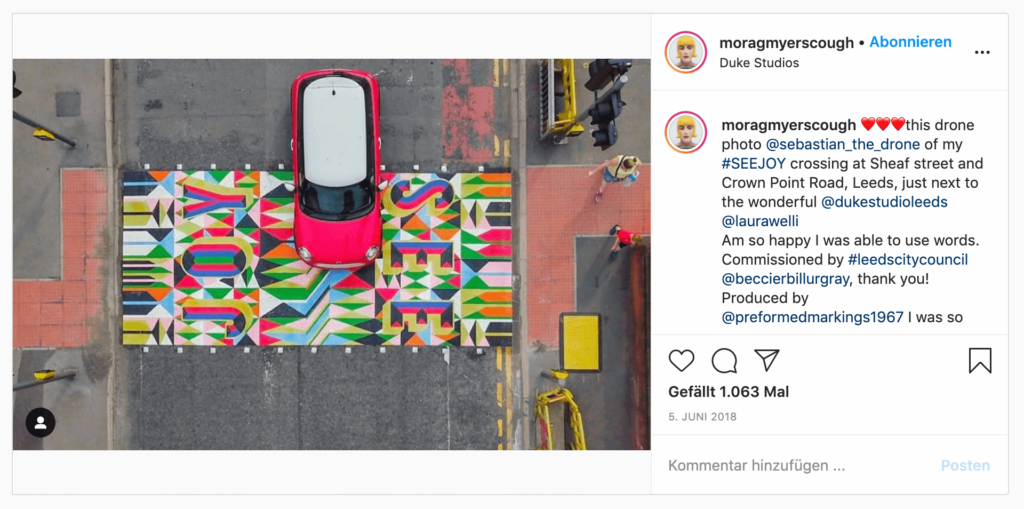
When I chatted with shop owners near the crossing their enthusiasm for the artwork was muted. Tim Fowler of Canton Cobblers, a small family-run business, told me that he was happy the road was being improved but he couldn’t really see the value in the public artwork.
“Is it going to attract some more people to the area? I’m not sure,” he told me with a doubtful look.
What these conversations highlight is the need for locals to have a say in the decision-making process, which reflects the wishes of the council and Hannah.
“We want the public to feel ownership and enjoy that artwork,” she tells me, highlighting that the design could survive on the road for up to 10 years. Therefore, to ensure local wishes are respected all of Cardiff, but particularly local residents, will have the chance to take part in a public vote at the beginning of January.
A few shops down from the cobbler I chat with owner Craig Martin of the New Foundations store and ask him about his thoughts on the crossing.
“I don’t mind it, but I haven’t looked into it much, the artwork,” he tells me before his face breaks out into a large smile. “I do think it’s going to be a good thing, mind love, as long as it’s not going to distract the traffic too much.”
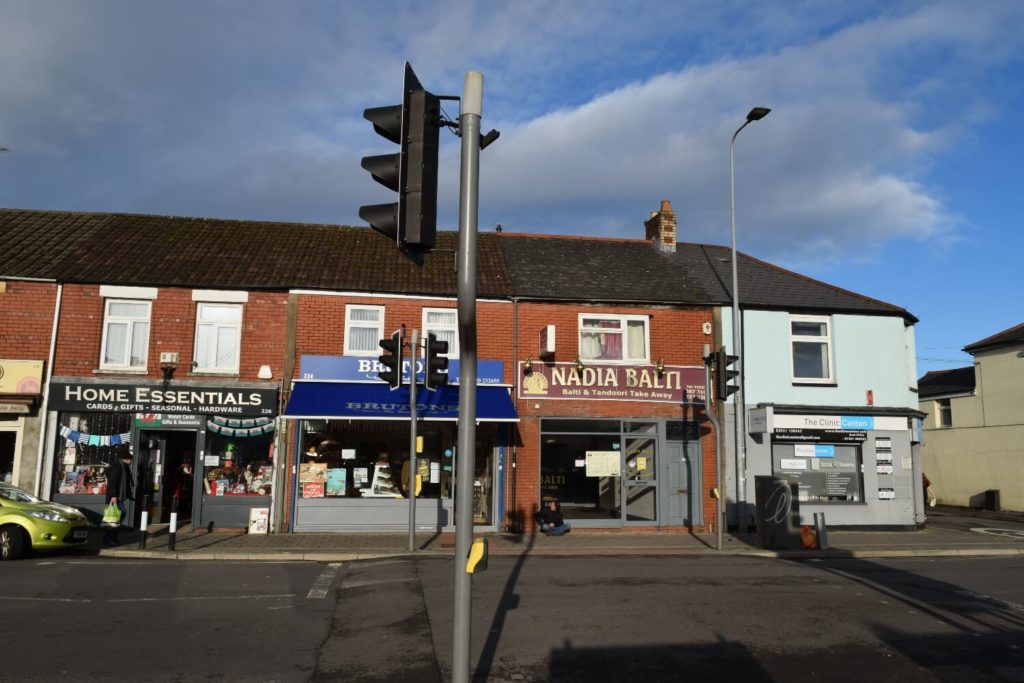
Craig touches on something important here as well. As Hannah explains, there was initially a danger of creating a piece of art that negates its purpose as a crossing.
To make the crossing safe and accessible for people with different needs, different stakeholders such as the RNIB (Royal National Institute of Blind People) were consulted.
It was then decided to print the design on a thermoplastic sheet and heat seal it onto the cement. This technique has many advantages, such as a strong colour saturation which will not diminish over time. It will also be safer, as the plastic cannot peel off.
“It’s really exciting that it’s the first one in Cardiff,” says Hannah. “I just thought it was a really lovely project in the middle of the covid-pandemic to actually support artists by paying them some money to create some ideas.”
From an initial 50 applicants three candidates were finally shortlisted in October. “We were open to the fact that there are artists out there who wouldn’t necessarily describe themselves as professional,” she continues, sharing her surprise at the sheer variety of disciplines and ages, represented which included a ceramist and an eight-year-old boy.
Over six weeks the three shortlisted artists Trin Brierley, Marcus Smith and Steffan Dafydd worked closely with Hannah to bring their initial ideas to life.
All three bring their own unique perspectives, memories of Canton and multi-disciplinary background to the project, and I can imagine the final designs will each reflect a very different aspect of the neighbourhood.
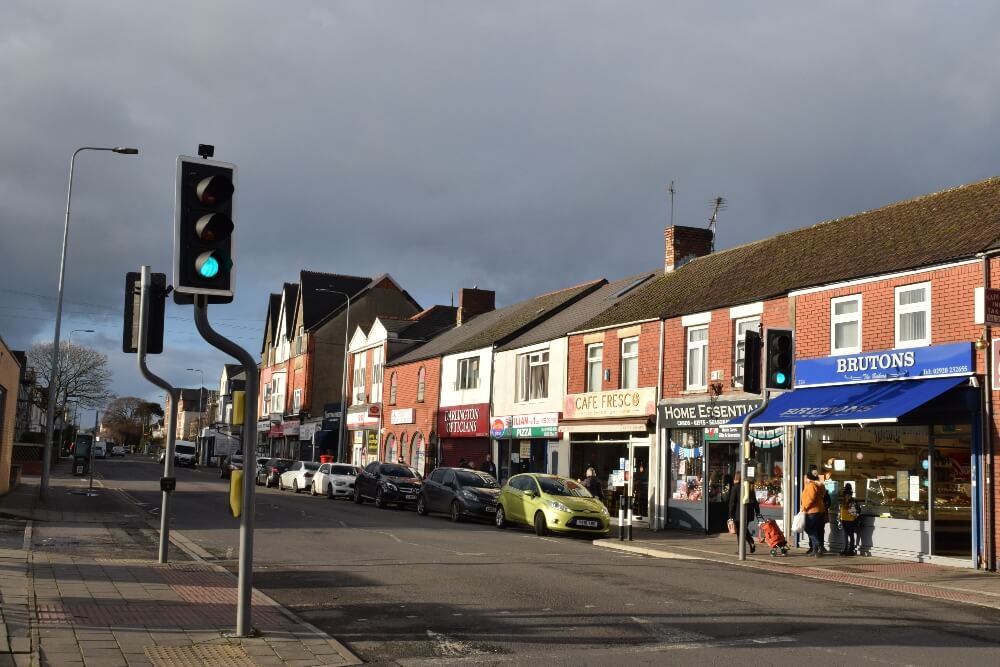
When I ask them how they would describe Canton to me, someone who has only recently moved to the area, a picture emerges of a beautifully diverse community.
Stefan and Marcus both emphasise how large families all live and feel at home in the area, from nephews to parents, great-aunts and grandparents, everyone finds their roots in Canton.
All three also emphasise how integrated the Welsh-language is into local culture. It’s a space where the language really flourishes.
19.1% of Canton’s residence speak Welsh, the highest proportion of welsh-speakers in Cardiff.
(Welsh Language Commissioner data, 2011)
Marcus tells me that Canton’s strong sense of community and spirit is reflective of Cardiff as a whole, they have a “kind of shared identity, a kind of collective consciousness.”
But the ward is also unique because of its variety of small shops, its large number of “gothic churches” and old green spaces (it turns out we both love Thompson’s Park).
When I mention the three artists to Hannah, I tell her I’m a bit sad that after all this work only one design will ultimately grace the cement of Cowbridge Road’s crossing.
But the council had expressed ambitions to keep the alternative designs in mind for future projects.
Due to the quite easy upkeep of this kind of project (compared to keeping statues in shape a statement crossing is easily maintained), this could potentially kick-start broader commissioning of public art across the city.
The finished designs are still somewhat under lock and key, but each artist has given me a little insight into what they hope to create. “They’ve done a really fantastic job so it’s really exciting to have that ready and online for the public vote in January,” adds Hannah.
Marcus Smith
With a background in product design at an engineering school, Marcus now works across film, photography, furniture design and screen printing. What connects his diverse use of creative output is a desire to tell stories and weave narratives.
When he tells me about his interest in the project what really transcends is his wish for young kids to find the courage to embrace a career in the arts. “I hope that my design will spark some inspiration and that it creates that kind awareness of what’s possible.”
He also emphasises that “it should really reflect the area and hopefully become a landmark of Canton. “It shouldn’t feel self-involved in that sense, but I also think that great art divides opinion so I think my design will as well.”
Steffan Dafydd
Steffan has lived in Canton all his life and felt slightly overwhelmed by the mammoth task of capturing its complexity.
To help focus his work he started collecting material from different sites in the neighbourhood. While his background is in graphic design he uses a variety of techniques in his process “By now my process is a bit of everything, I would say it’s more a collaging.”
What he hopes to achieve is to mirror the energy of Canton. “I want it to be vibrant and exciting and I want people from Canton to go ‘awesome that’s it, that’s right’. Because Canton is this beautiful mish-mash or everything, all at once and it’s this lovely urban space.”
Trin Brierley
Trin studied Fashion Textiles but her passion was always painting. She tells me about how she started-out painting together with her best friend Beth. “We started getting asked to paint pretty much just pattern onto anything, anywhere. Anybody’s wall, anybody’s window anybody who would let us,” which led to gorgeous projects such as painting the front of the “legendary” little club/bar Gwdihŵ which closed in January 2019 to make space for flats.
When I ask her about the design, she says she wants to keep it simple. “I just thought no you know what it just needs to be warm, colourful and just something that sparks joy, and just bring the area a little bit of colour, it can be a bit drab on Cowbridge Road.”
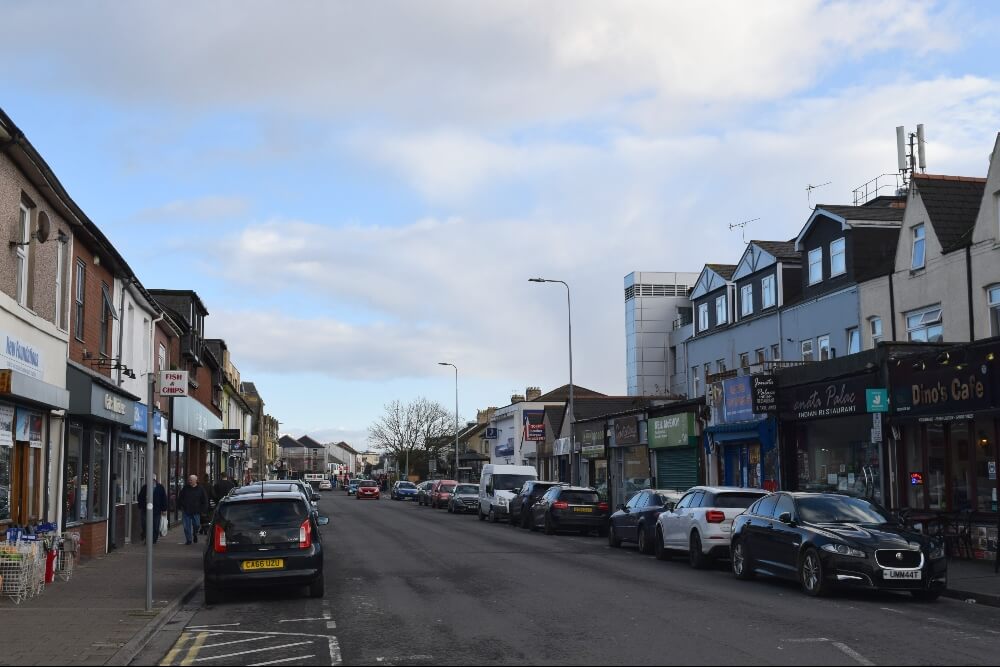
When I first asked Hannah about the importance of public art in Cardiff, she put her head in her hands. It’s a difficult topic. A lack of responsibility and care have let opportunities for a flourishing art sector here diminish.
“At some point you just hit a wall,” Trin told me, explaining why she is now based in London. As I reflect back on my conversations, this has been a common theme.
It is usually at this point my interviewees and I fall silent. It’s sad to think about all the colourful, unique spaces that have been torn down to make way for more flats, more monotone cement, brick and plastic that already makes up so much of our urban environments.
We sigh, look away for a second and then I tentatively smile and suggest that this year is almost over, and we have much to look forward to.
Opportunity knocks in 2021 when not one but potentially three unique designs by local artists will come to life in this city.
I just think about all the joy it could spark. How the day of passers-by will be interrupted by a cheerful pop of colour. How an eight-year-old might walk past and think ‘‘I want to do this too’.
As Trin so puts it: “Things like this are great, we definitely need more of these. More of these please!”


